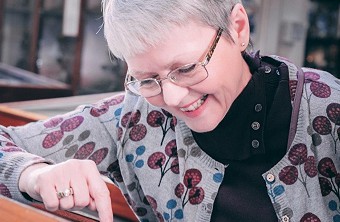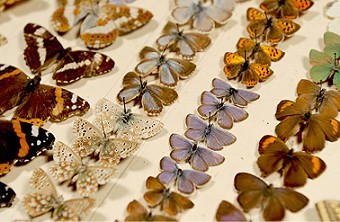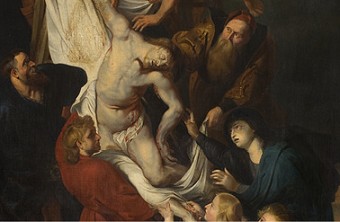
Užgavėnės: Lithuanian Mardi Gras
Last February, around 300 people joined Wisbech Lietuvių Bendruomenė at The Spinney in Wisbech to take part in Užgavėnės festivities. Here, in a joint farewell to winter, we share images of the event alongside objects from the Museum collection.
We extend our thanks to Wisbech Lietuvių Bendruomenė for working with us on this exhibition.
The Lithuanian equivalent of Mardi Gras, better known as Shrove Tuesday in the UK, Užgavėnės is a pre-Lenten festival marking the end of winter and celebrating the arrival of spring.
Celebrations often take place the weekend before the official date, with large public events held in squares and parks. Those taking part dance and parade wearing elaborate masks and carnival costumes. Popular choices include goats, cranes, and witches. The characters are intended to be frightening and loud in order to scare away the winter. It has become customary for children to put on scary masks and special carnival costumes and go from door to door asking for sweets, much like Halloween.
During the festival, a theatrical battle is staged between Lašininis and Kanapinis, personifications of winter and spring. Kanapinis always wins, just as spring always triumphs over winter.
A highlight of the festival is the casting out of the darkness and hardships of the season through the symbolic burning of a giant female effigy of winter, known as Morė.
Like Shrove Tuesday, it is traditional to eat pancakes at this festival. Their round shape is considered a symbol of the Sun and of the better times ahead, and eating lots of them is thought to help you stay healthy and strong in the coming year.
Pancakes are an ancient form of food, with evidence of the consumption of flat cakes made from batter dating back to the later part of the Stone Age. The ancient Greeks and Romans traditionally ate pancakes sweetened with honey, whilst the Elizabethans are known to have flavoured them with spices, rosewater, sherry, and apples.
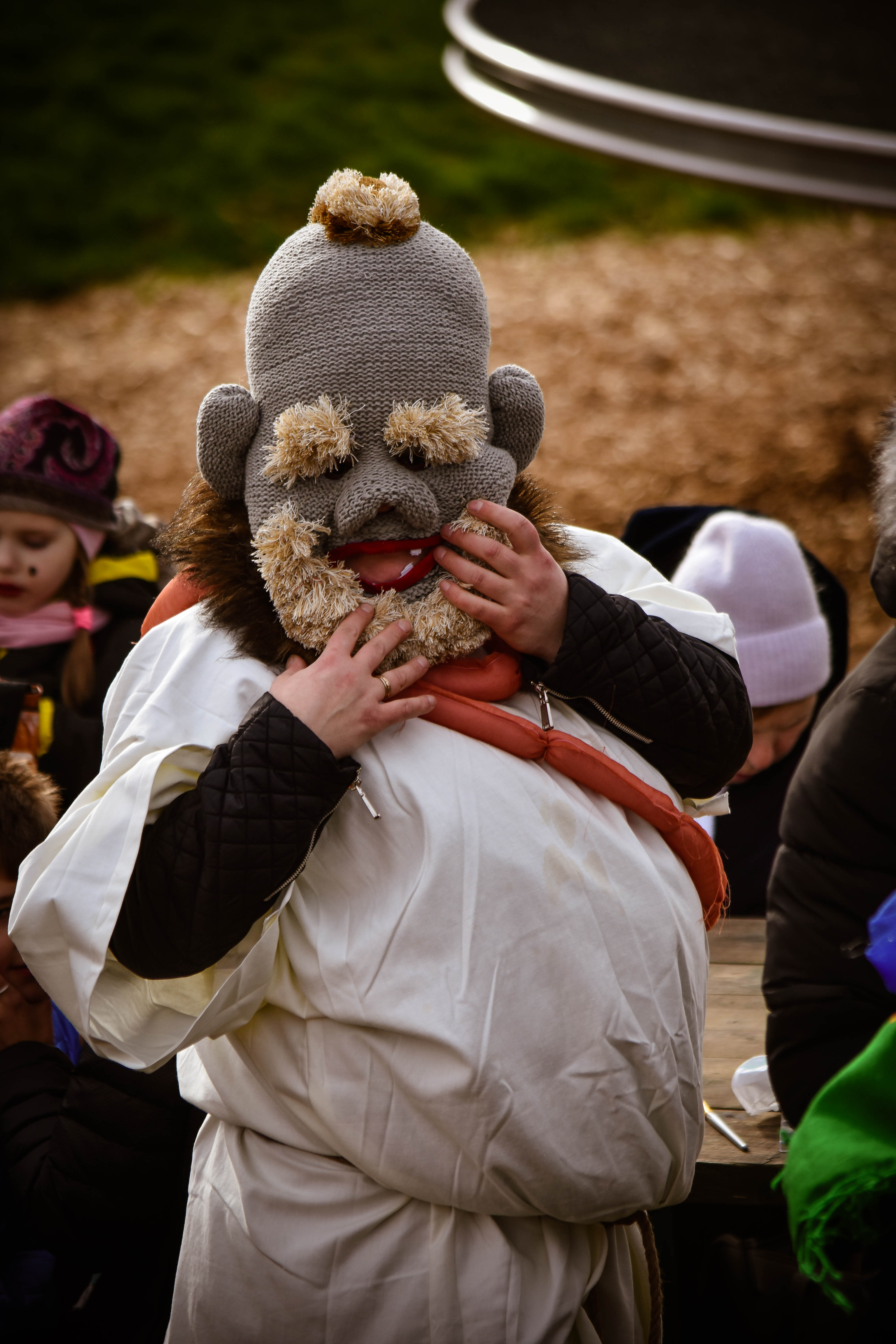
Lašininis character
The rotund Lašininis is a male personification of winter.
© Wisbech Lietuvių Bendruomenė, 2020
Farewell Winter
Click on the images in the gallery below to enlarge
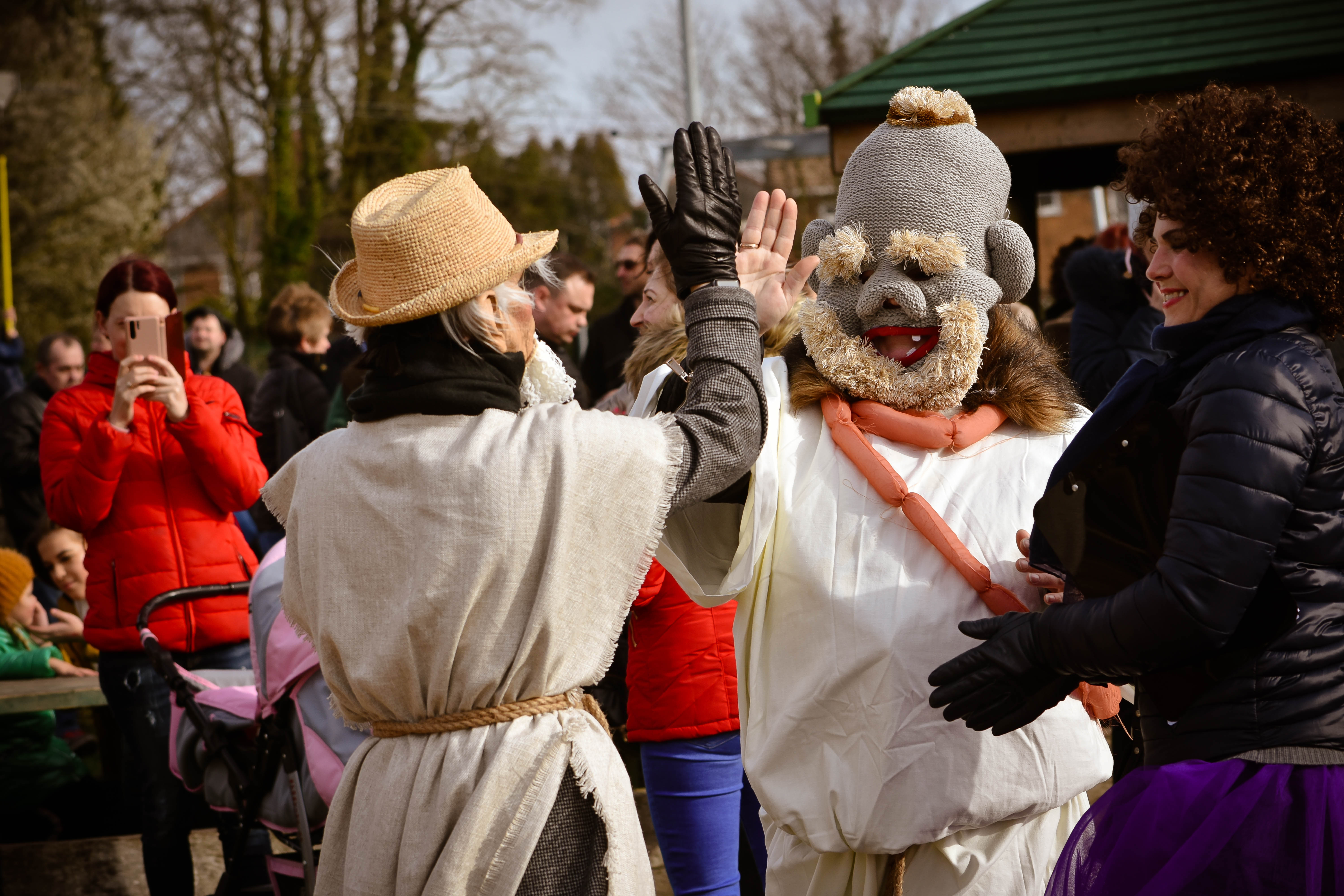
Lašininis and Kanapinis in battle
© Wisbech Lietuvių Bendruomenė, 2020

Morė, a giant effigy of winter
© Wisbech Lietuvių Bendruomenė, 2020
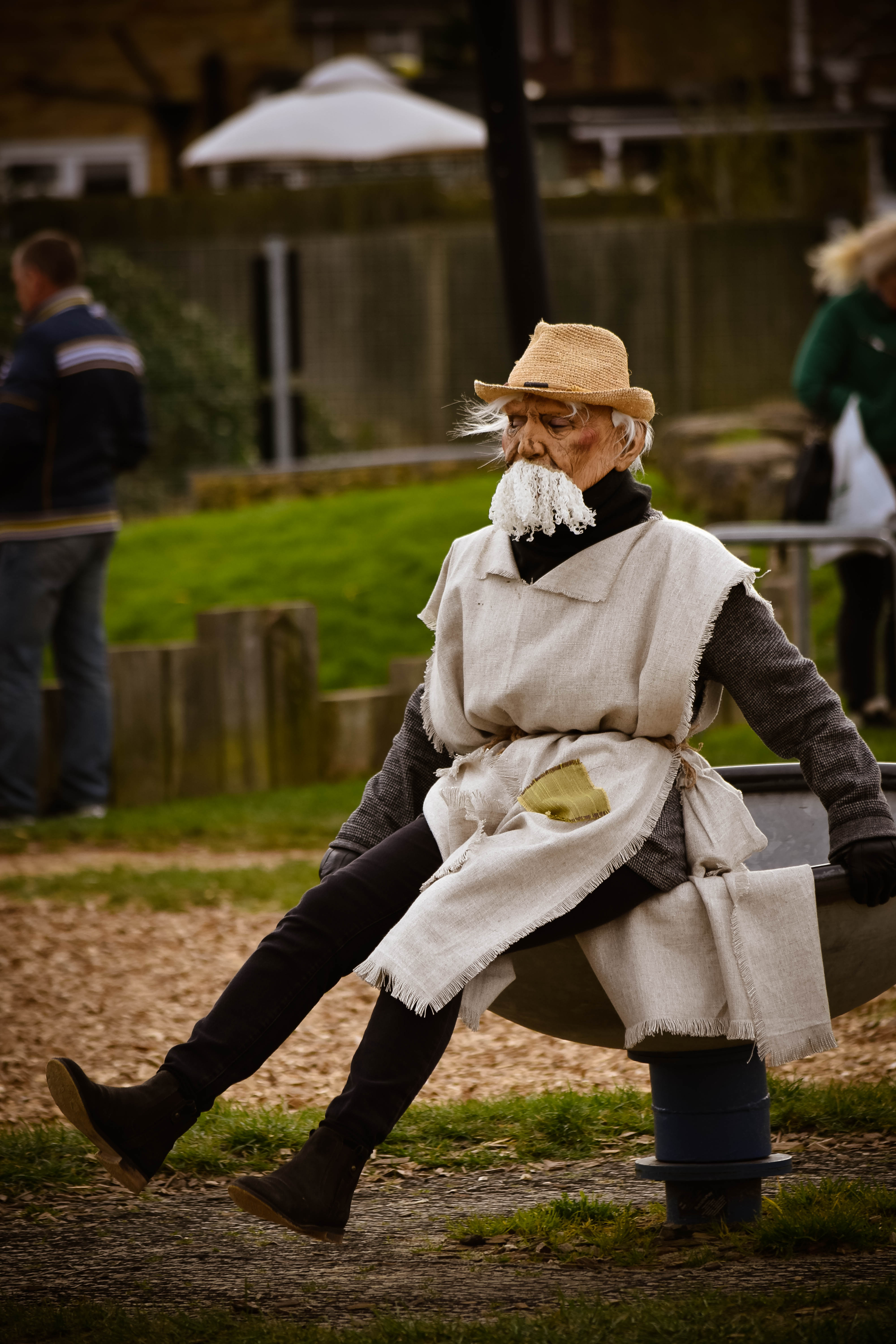
Kanapinis, a personification of spring
© Wisbech Lietuvių Bendruomenė, 2020
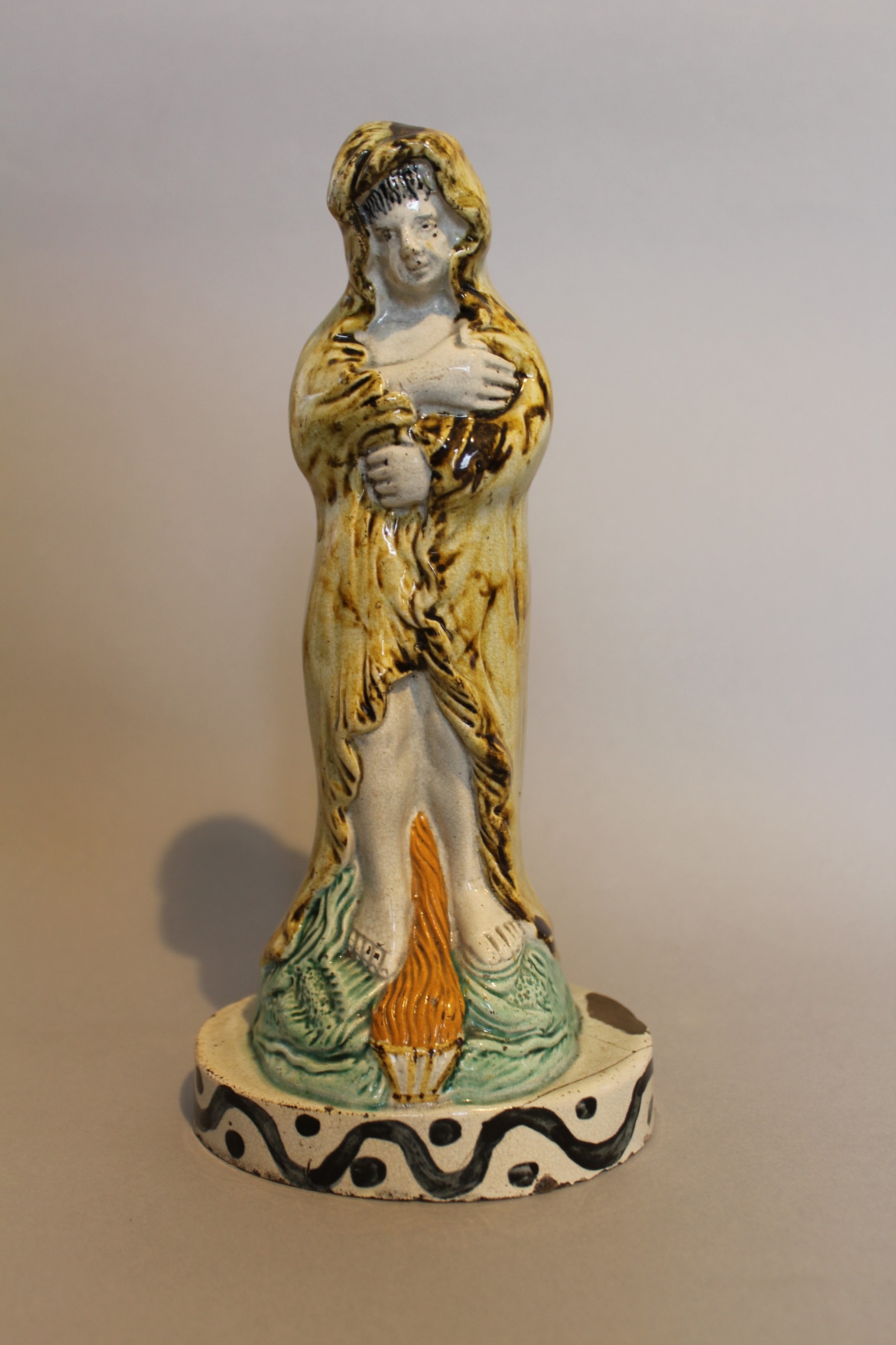
Winter
Unidentified maker, early 19th Century
© Wisbech and Fenland Museum
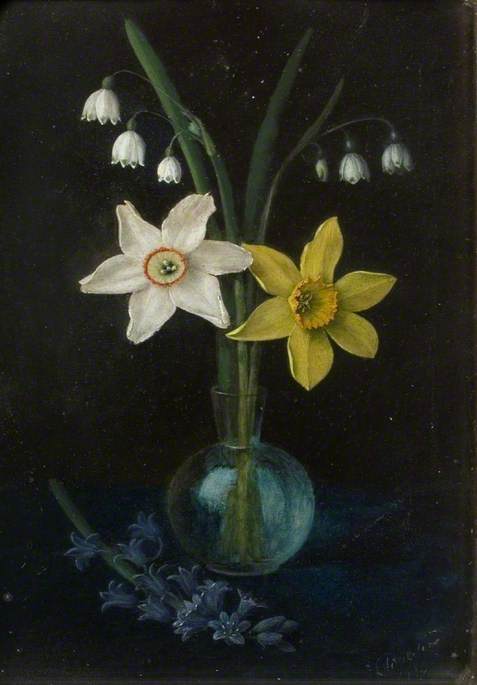
Four Natives of Ancient Britain, Daffodils, Narcissi, Lily of the Valley, and Bluebells
Alfred Balding (1858-1915), oil on canvas, 1913
© Wisbech and Fenland Museum
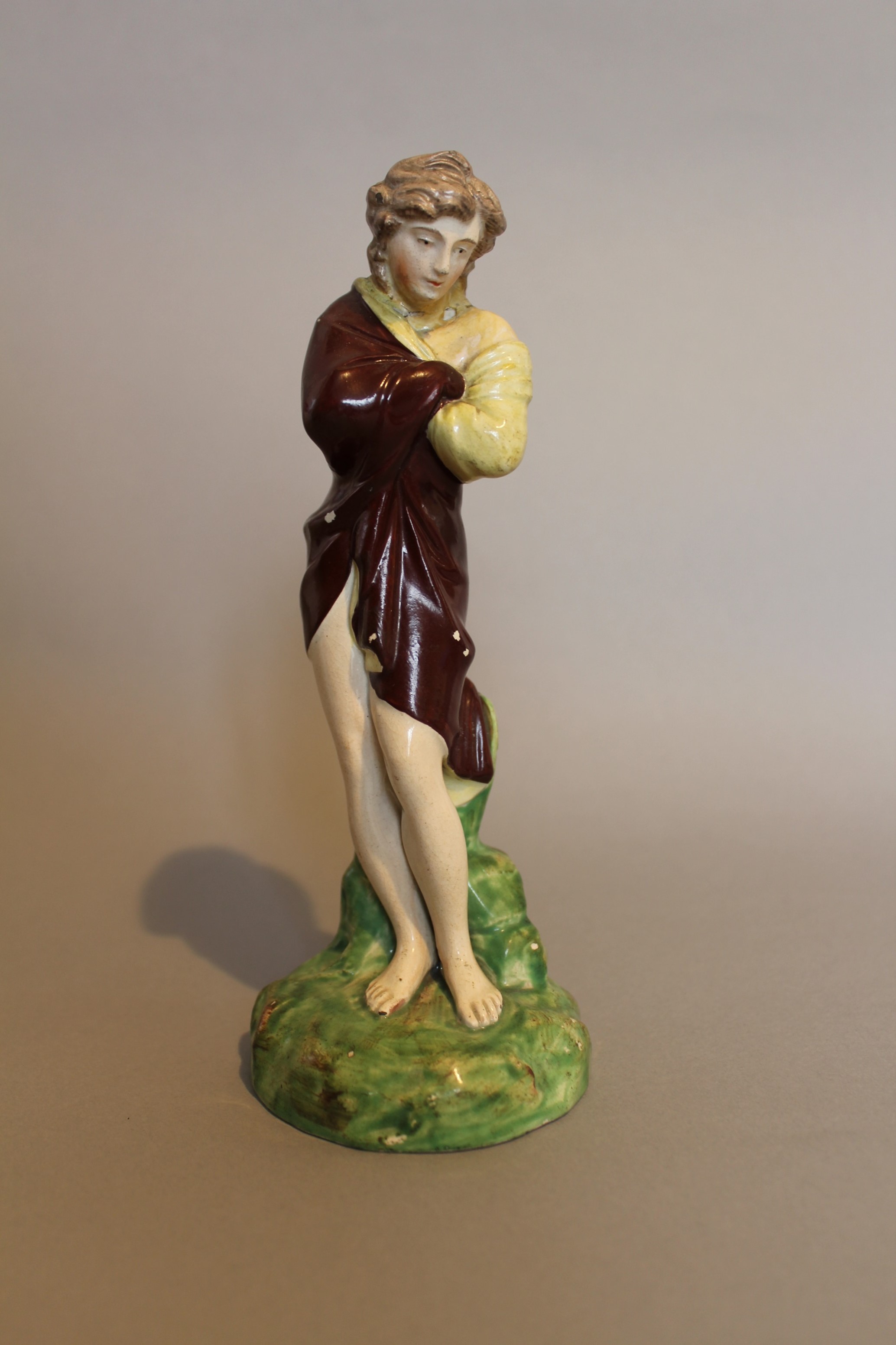
Winter
Unidentified maker, 19th Century
© Wisbech and Fenland Museum

Doctor costume
© Wisbech Lietuvių Bendruomenė, 2020
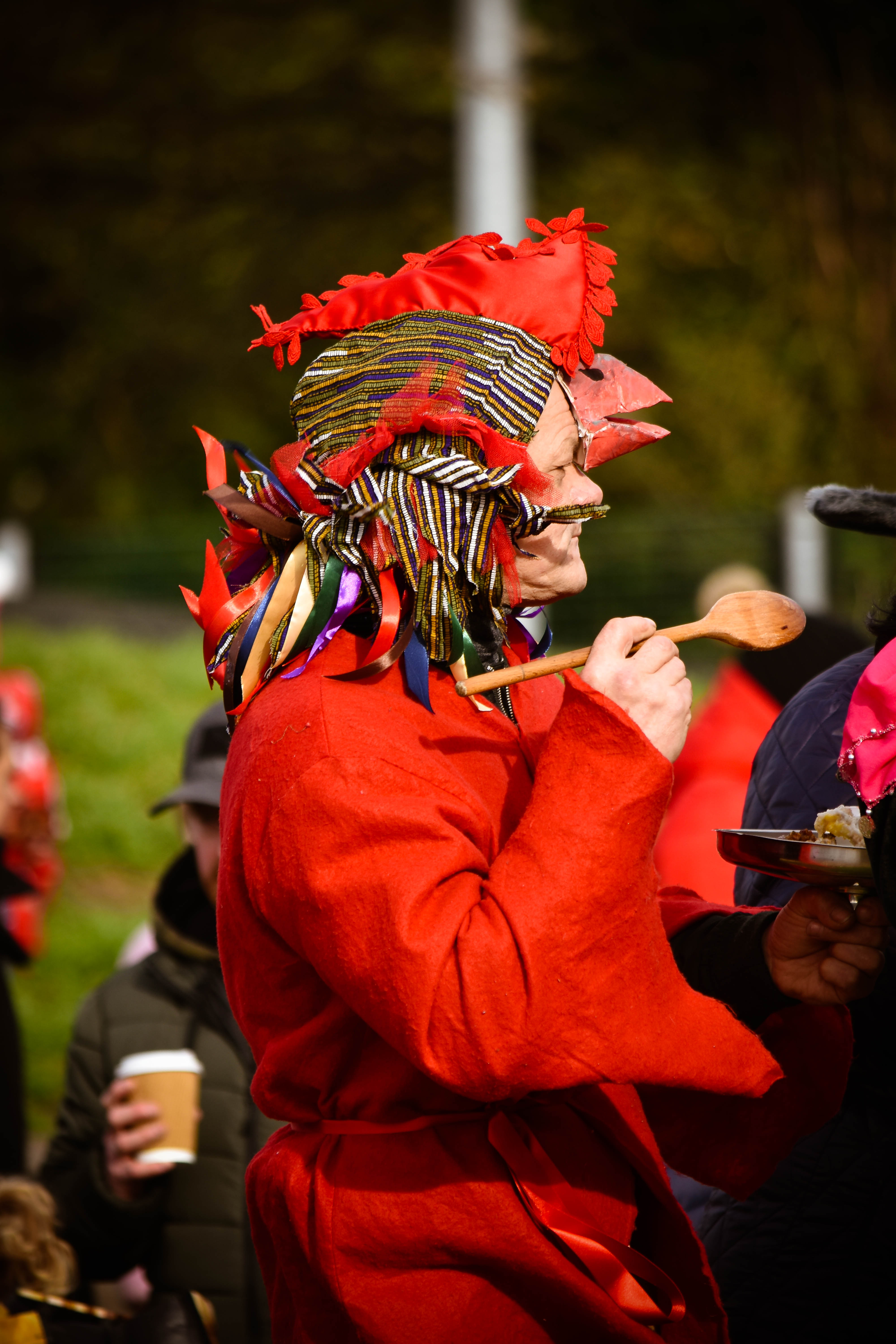
Cockerel costume
© Wisbech Lietuvių Bendruomenė, 2020
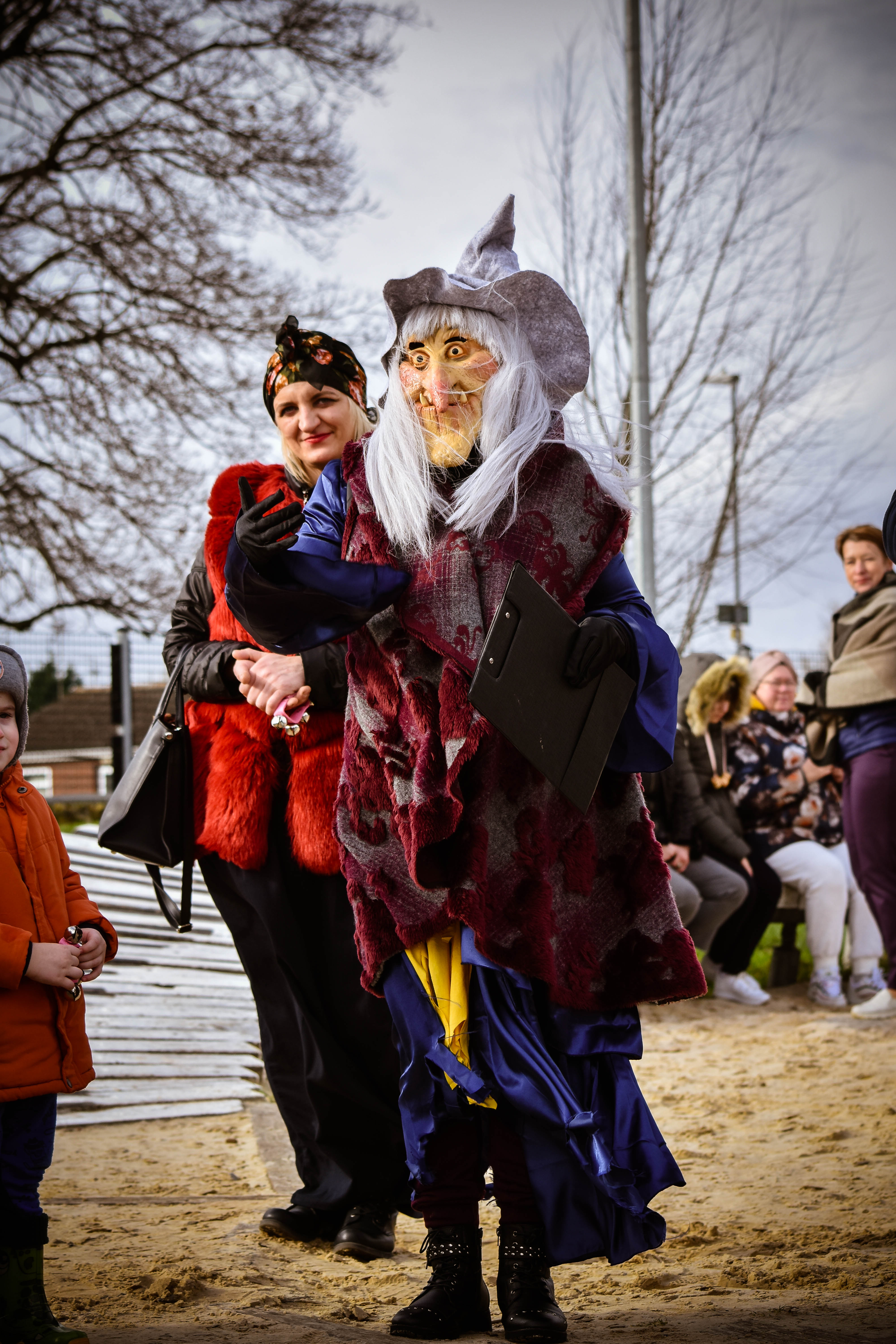
Witch costume
© Wisbech Lietuvių Bendruomenė, 2020
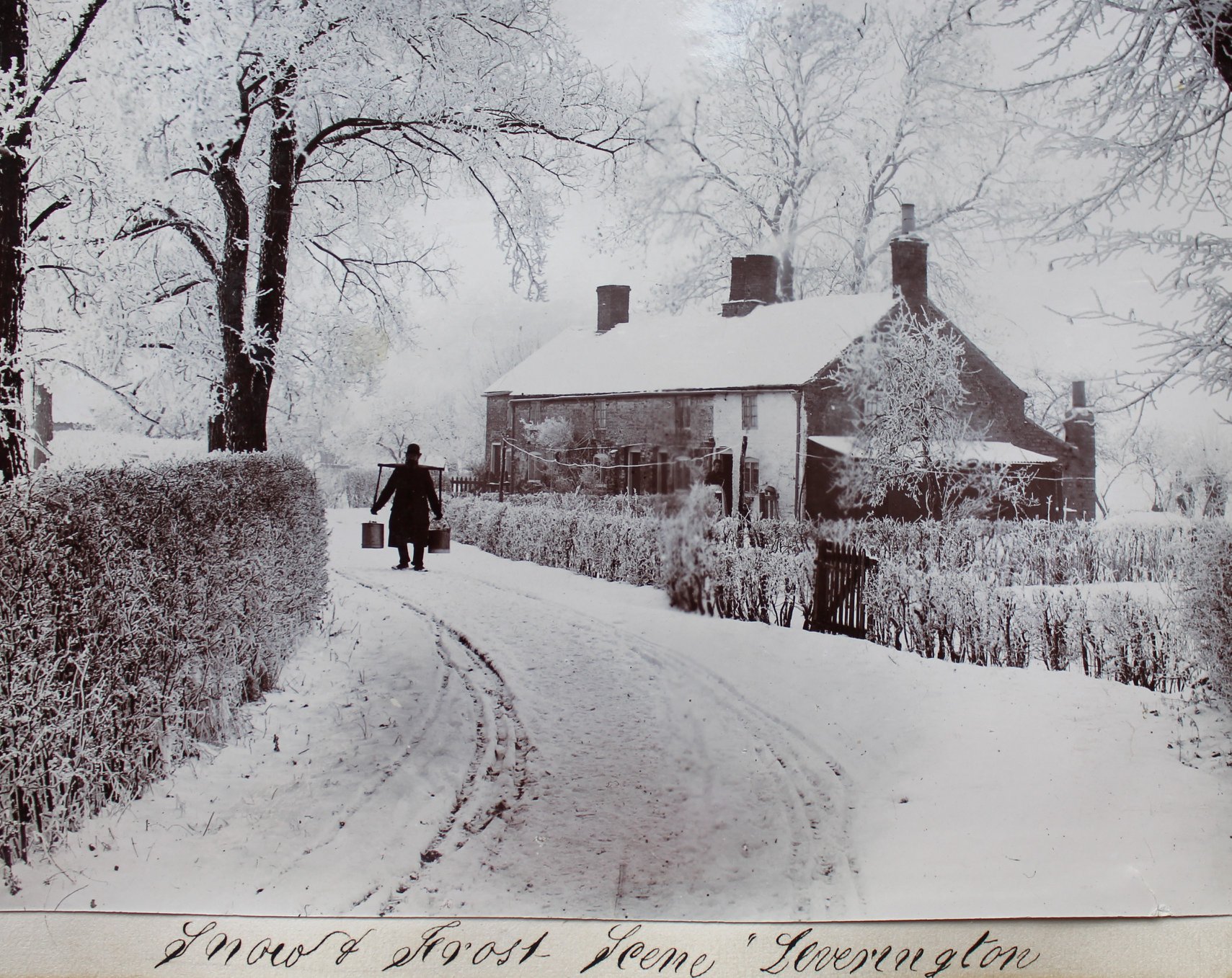
Snow and Frost scene Leverington
Photographic print (black and white), c.1890
© Wisbech and Fenland Museum
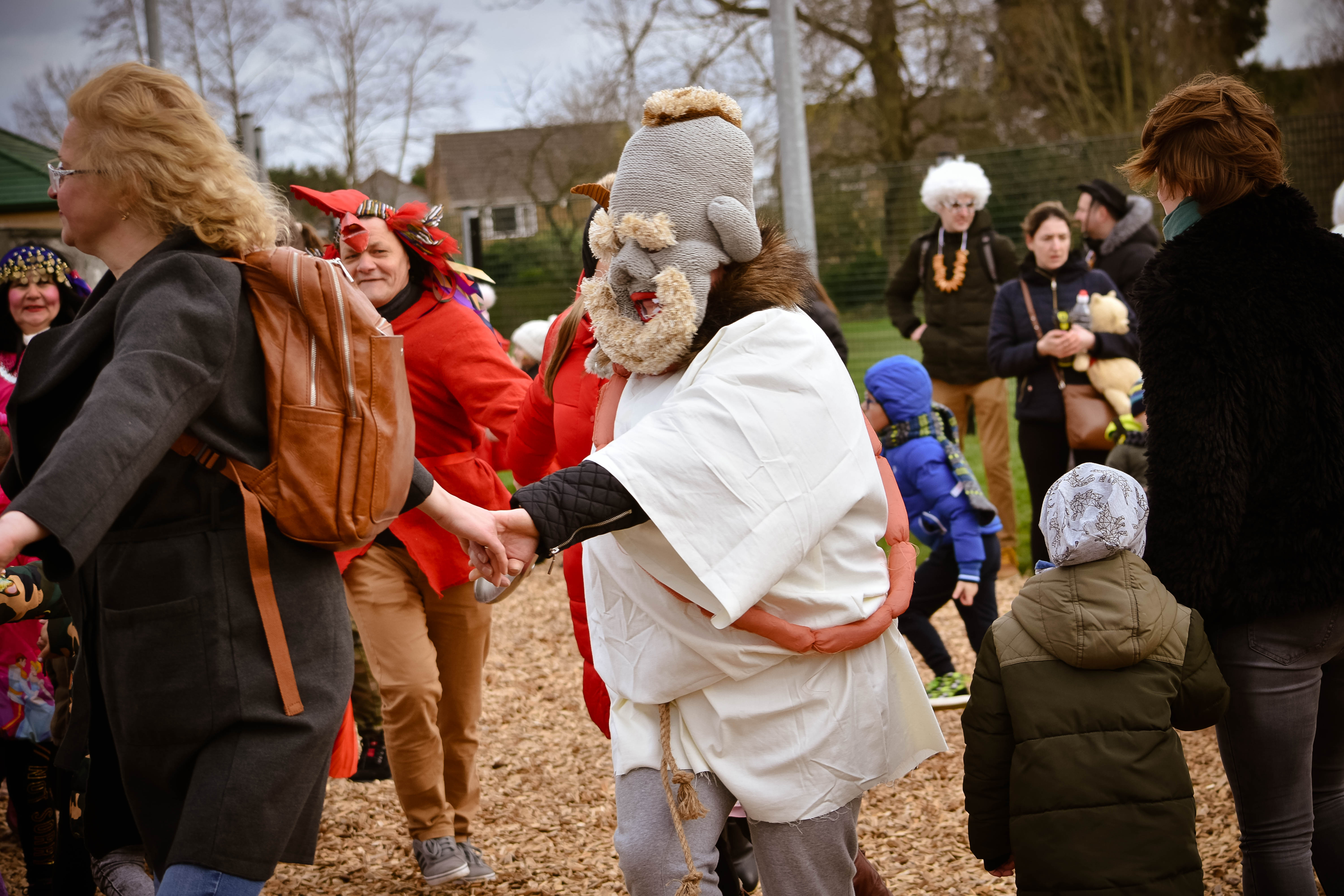
Dancing at Užgavėnės
© Wisbech Lietuvių Bendruomenė, 2020
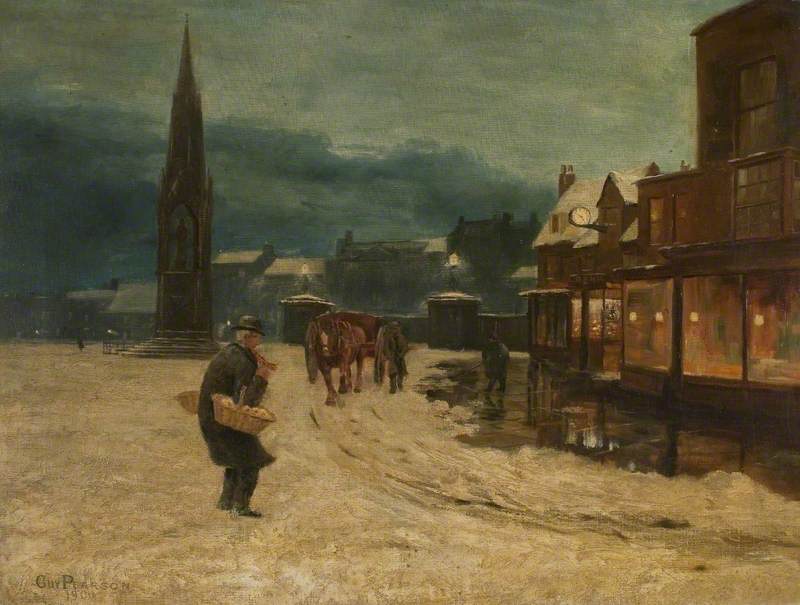
Bridge Street, Wisbech, in Winter
Guy Pearson (1865-1946), oil on canvas, 1900
© Wisbech and Fenland Museum
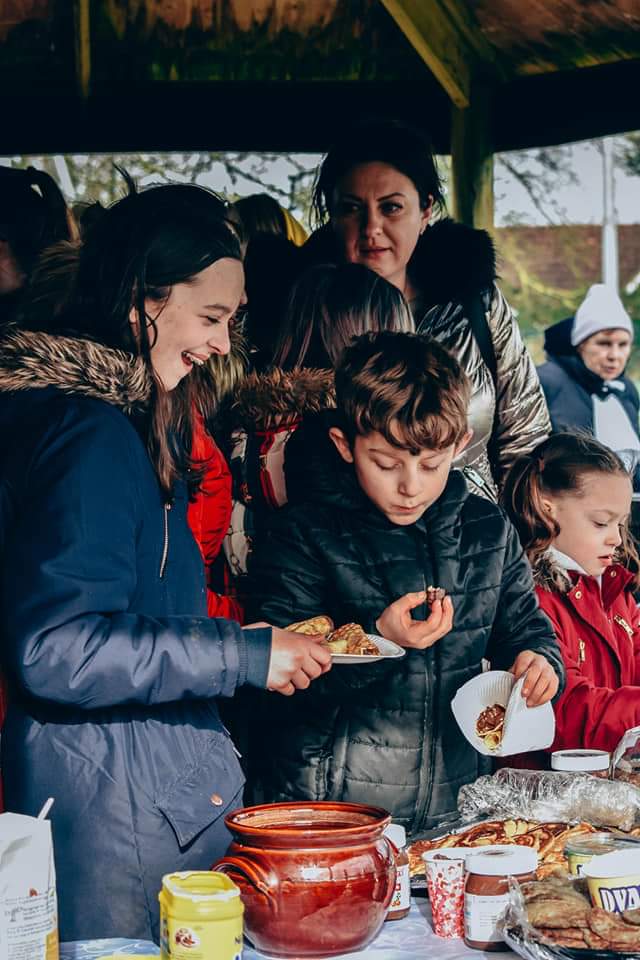
Eating pancakes
© Wisbech Lietuvių Bendruomenė, 2020
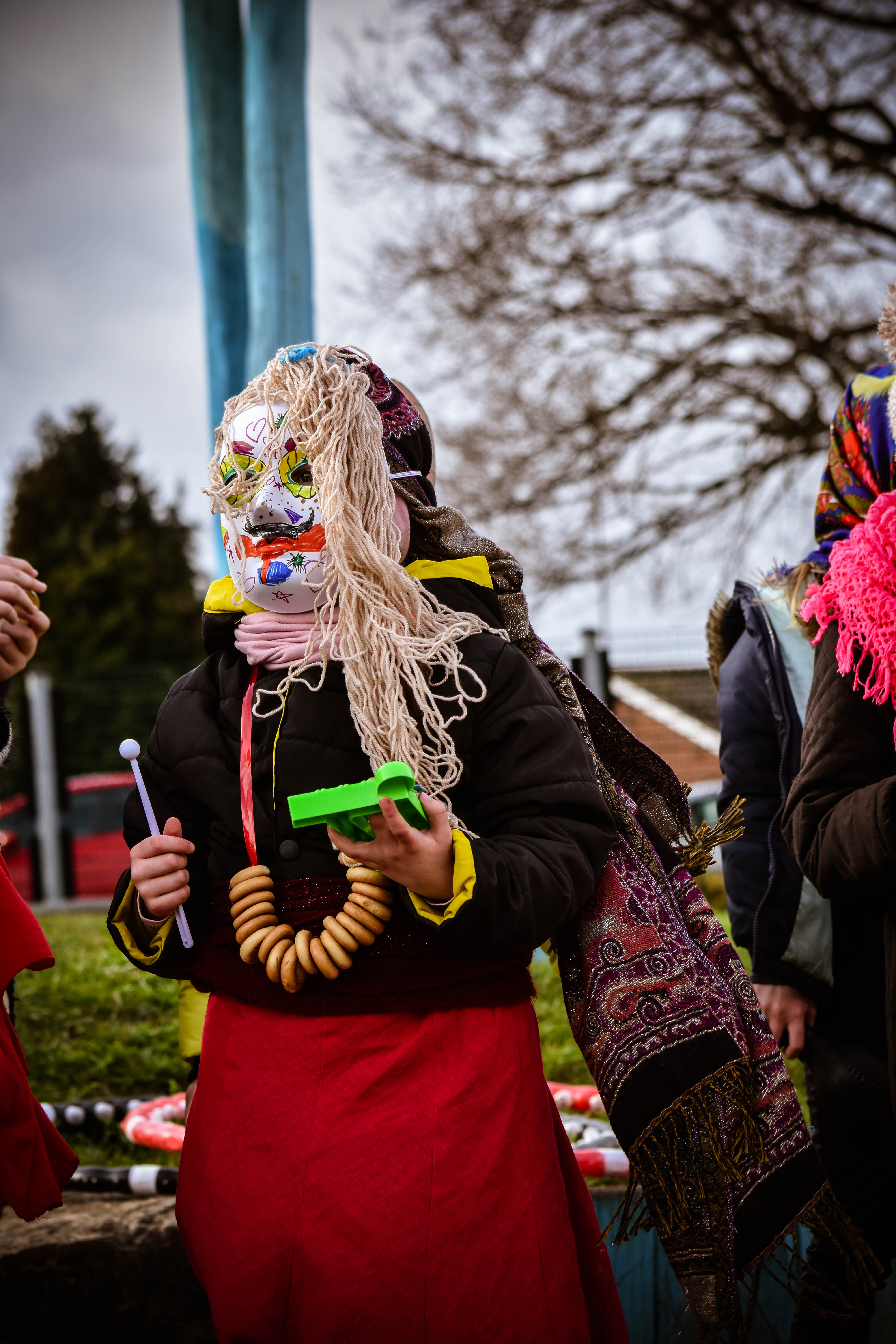
Child dressed in a homemade costume and mask
© Wisbech Lietuvių Bendruomenė, 2020
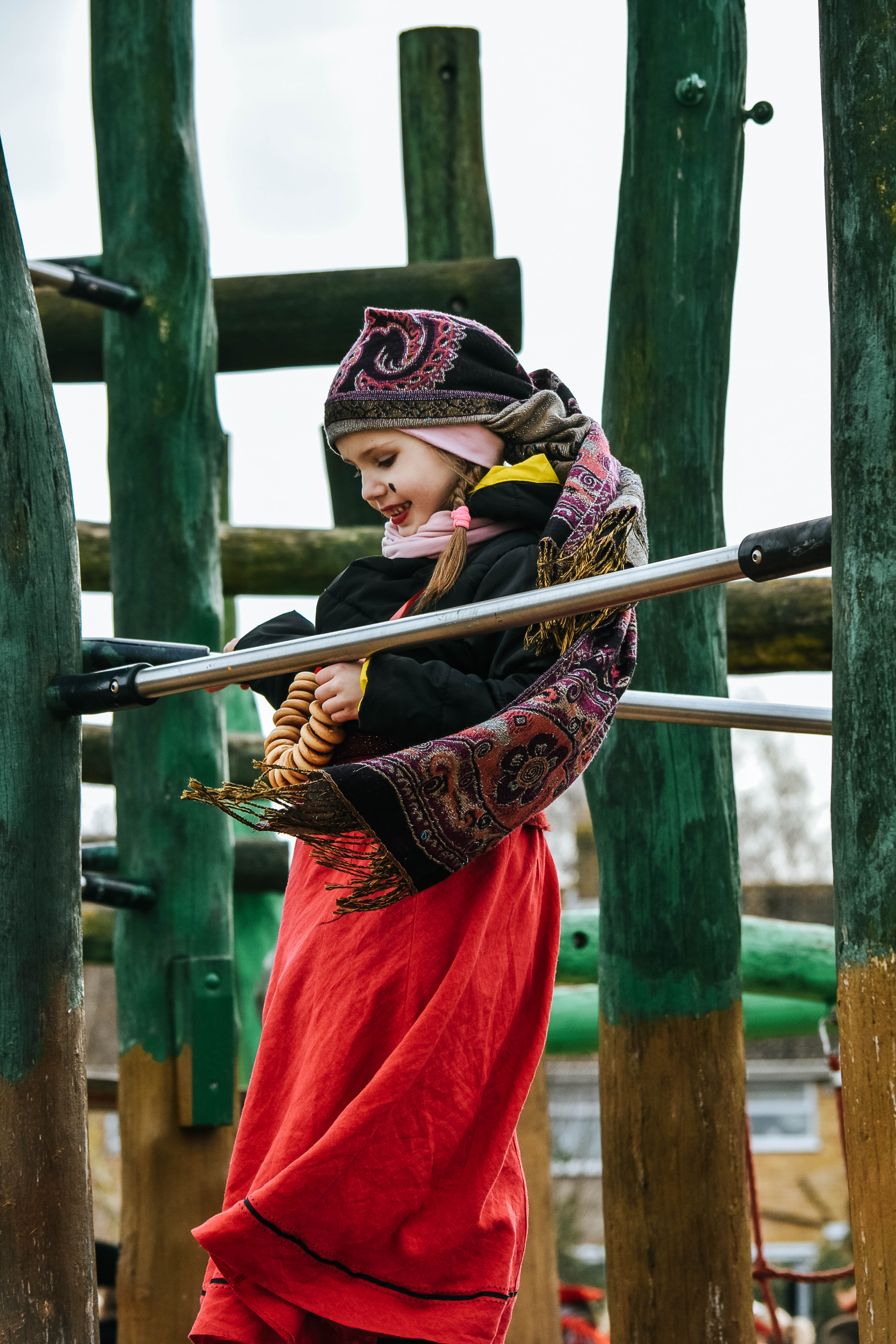
Child in costume
© Wisbech Lietuvių Bendruomenė, 2020

Lašininis and Kanapinis in battle
© Wisbech Lietuvių Bendruomenė, 2020
The rotund Lašininis and slim-figured Kanapinis stage a theatrical battle during the festivities. Kanapinis always prevails.

Morė, a giant effigy of winter
© Wisbech Lietuvių Bendruomenė, 2020
Morė, a giant effigy of winter, is symbolically burnt as part of the festivities in a bid to hasten the arrival of spring. The phrase "Žiema, žiema, bėk iš kiemo" (Winter, winter, run out of the yard), is often chanted as part of the ritual.

Kanapinis, a personification of spring
© Wisbech Lietuvių Bendruomenė, 2020
The slim-figured Kanapinis is a male personification of spring.

Winter
Unidentified maker, early 19th Century
© Wisbech and Fenland Museum
An early 19th century Staffordshire figure depicting a female personification of winter. Modelled as a lady standing in front of a fire and hugging a long cloak around her to keep warm. The figure would originally have been part of a set of the Four Seasons.

Four Natives of Ancient Britain, Daffodils, Narcissi, Lily of the Valley, and Bluebells
Alfred Balding (1858-1915), oil on canvas, 1913
© Wisbech and Fenland Museum
A collection of springtime flowers by local artist Alfred Balding; the daffodil being one of the first flowers to announce itself after winter.

Winter
Unidentified maker, 19th Century
© Wisbech and Fenland Museum
A 19th century figure depicting a female personification of winter. In traditional allegories Winter is often shown as an old man, but here is transformed into a young woman draped in a long wrap.
An identical piece is held by The Fitzwilliam Museum, Cambridge.

Doctor costume
© Wisbech Lietuvių Bendruomenė, 2020

Cockerel costume
© Wisbech Lietuvių Bendruomenė, 2020
An important character, the cockerel signals the dawn of spring as he crows to welcome the new morning on Ash Wednesday.

Witch costume
© Wisbech Lietuvių Bendruomenė, 2020

Snow and Frost scene Leverington
Photographic print (black and white), c.1890
© Wisbech and Fenland Museum
Taken from a photographic album compiled by Priscilla Hannah Peckover around 1890.

Dancing at Užgavėnės
© Wisbech Lietuvių Bendruomenė, 2020

Bridge Street, Wisbech, in Winter
Guy Pearson (1865-1946), oil on canvas, 1900
© Wisbech and Fenland Museum
A painting of Bridge Street, Wisbech, in winter.
In the background is the Clarkson Memorial, Iron Bridge, and properties along North Brink.
Gift from the artist.

Eating pancakes
© Wisbech Lietuvių Bendruomenė, 2020

Child dressed in a homemade costume and mask
© Wisbech Lietuvių Bendruomenė, 2020

Child in costume
© Wisbech Lietuvių Bendruomenė, 2020


